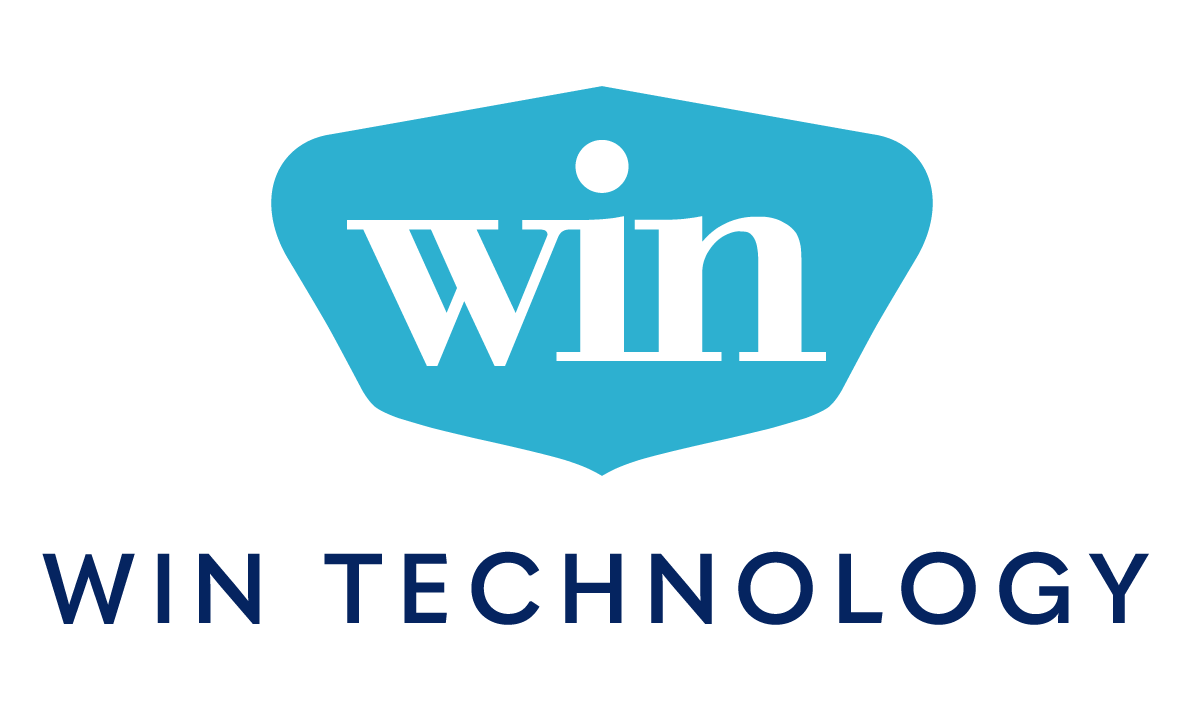There’s already so much that’s been written about great communication. And yet, it’s so elusive.
In a recent conversation with some peers, I shared that good communication could create differentiation in business. They all chuckled, and one offered that maybe I should claim “better quality” as a differentiator as well. Ouch, point taken.
However, being a little stubborn, I continued to chew on the idea and enlisted some extra brains to help out. As a fan of Michael Porter’s work on strategy, I subscribe to his idea that, “The essence of strategy is choosing to perform activities differently than rivals do.” I teamed up with some of the leaders at WIN Technology, and following Porter’s prescription, we identified three areas of communication where we felt a material difference could be produced. We’ve labeled them Inform, Guide, and Activate.
Inform with Transparency and Data
Informative communication is all about being transparent and bringing in data to back up what’s being communicated.
Throughout my career, I’ve appreciated folks who tell-it-like-it-is and share data to support their story. I’ve also observed that customers appreciate this kind of behavior with their external partners. Timely sharing of useful data produces transparency that in turn produces trust.
A straightforward example of informative communication is embodied in sound project management practices. We’ve all likely experienced the frustration with poor project management practices where it’s never clear if you’re on time or on budget. Good project management communication practices deliver cadenced updates on burn down, work remaining, scope changes, and budget impact. When performed well, open communication gives stakeholders the transparency and data they need to make timely decisions. Many professional project managers have shared with me that success in a project is primarily powered by how well they’re keeping stakeholders informed of the work effort.

In a managed services setting, there are many opportunities to provide informative communication. One of the simplest and most appreciated is providing the status on an incident sent in through a ticketing system. Informing the client of where it sits in the process— received, triaged, actively being worked—meets the standard of transparency. Performance information shared during a Quarterly Business Review (QBR) is another vehicle to help the client understand where time is being distributed and therefore more completely understand the value of services being received.
Guide to Bring Perspective
Guided communication includes adding context, sharing best practices, and being consultative.
A reliable way to bring context to data is through use of benchmarks. One use of benchmarking in guided communication is for a provider to share and compare their performance against a broader industry performance index. An example from the managed services industry is the metric of Mean Time to Resolution (MTTR). This is the elapsed time accumulated from the time a ticket is opened until it is closed. If a provider shared that their MTTR was 8 hours, the client would have no ability to understand if that was great or terrible performance. According to MetricNet, the IT Managed Services Industry benchmark average for MTTR is 11.7 hours. This context provides a more balanced assessment of the provider’s performance.
A deeper use of benchmarks can aid clients to further understand the value they’re receiving from their partner. By combining key performance and financial benchmarks, the client gains a much greater understanding of their spending and where to focus it for service and cost improvements.
Sharing best practices is another outstanding way to provide context. Many organizations get locked into doing things a certain way because that’s the way they’ve always done it. When a provider partner shares a best practice with the client, it allows the process to evolve and brings extra value to the client.
Being consultative is one of the most appreciated and valued forms of guided communication. Clients prefer their provider partners to apply expertise and offer recommendations. This is especially beneficial when the provider is offering insights without a prompt from the client.

Activate to Produce Meaningful Value
Activated communication requires creating value by promoting an open two-way dialog to surface, explore, and deploy solutions.
From a communication perspective, collaboration involves the shared accountabilities of all people in the chain of communication. In other words, good communication cannot be a one-way proposition where one party is transmitting information and the other is passively consuming. It’s best when there is dialog in a safe environment where ideas can be shared, difficult topics can be openly explored, knowledge can transfer, and actions taken. Open communication is the fuel on which collaboration runs.
This is far different than, “Hey, you just go do your thing and I’ll do mine.” While an outside partner should be relied upon to do what they were hired to do, the real magic happens when there is frequent and open dialog. Activated communication requires a regular cadence of touchpoints. Planning and executing purposeful communication environments such as weekly touch-ins, QBRs, strategic planning, and more tactical collaboration sessions is the gateway to attaining a variety of benefits, including:
- A deeper understanding of challenges
- A complete exploration of solution options
- A development of mutual respect
- An alignment on the chosen solution
- A jump-start on related organizational change

While INFORM, GUIDE, and ACTIVATE do not address the entire range of complexity in communication, they are solid additions to a differentiated framework. As my team continues to contemplate the mysteries of great communication, we keep coming up with new ideas to add to the stack and build on the framework. In the end, maybe the difference is that we’re seeking every day to understand what great communications looks like and doing our best to get there.
